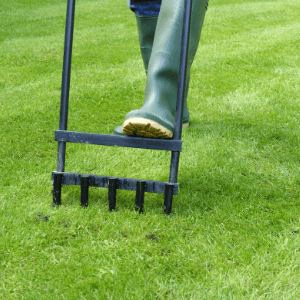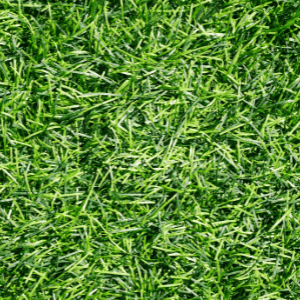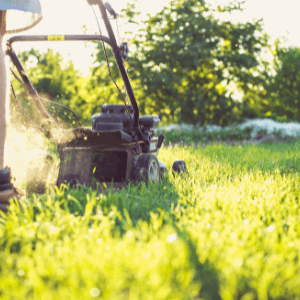A backyard just isn't complete without a beautiful lawn. With the assistance of Green Leaf Landscaping in Woodstock, GA, you can have the most beautiful lawn in the neighbourhood. You may get all the details you need from them on the best grass to plant in your yard.
First, let's talk about the kinds of grass that will thrive in your area and how to keep them healthy all year.
When laying out their gardens and yards, most people fail to consider which grass would be best for their lawns.

Grass is a type of plant about which most people know relatively little. In our everyday experience, we generalise about all the green grass we see in parks and baseball fields, failing to recognise the variety. On the other hand, they range widely in height, width, and different dimensions.
Lawn grass comes in numerous varieties, each with its own quirks and charms. You can find them in many forms, including a rainbow of hues, sizes, and various textures.
Some of these species are relatively recent introductions to our region, having been shipped here from far away. Zoysia grass comes from Asia and is an excellent example because it looks better than any other type of grass.
Some of these grasses are lush green while others, like wiregrass, are more of a brownish color and grow more slowly (which grows slower).
Read this article to learn about the many kinds of grass and the care they require throughout the year.
Having a lush, green lawn in your backyard is like having a piece of nature right there.
Warm-season grass in Bermuda grows quickly and attractively in our dry climate.
Not only is centipede grass good for people with allergies, but it can also take a lot of foot traffic without showing much wear and tear.
St. Augustine Grass is a good option if you want your lawn to seem lush and green without much maintenance.
Zoysia will grow well in various conditions, including high temperatures.


It's challenging to find a good landscaping business. Presumably, you might think, "I'll just Google the best landscaping in Woodstock, GA.” However, you might become overwhelmed by all of the findings!
Hundreds of companies in your area do this type of work. And you can't call them up and ask for recommendations or anything.
So don't worry. We've got you covered! Our staff has been landscaping for years and knows exactly what works for our landscaping clients in Woodstock, GA.
The good news is that Landscaping Woodstock, GA, provides high-quality landscaping maintenance services at reasonable prices. We want to help homeowners like you get the lush green landscape you deserve without breaking the bank.
Give us a call, and we'll create a landscape design that will make your neighbours jealous!